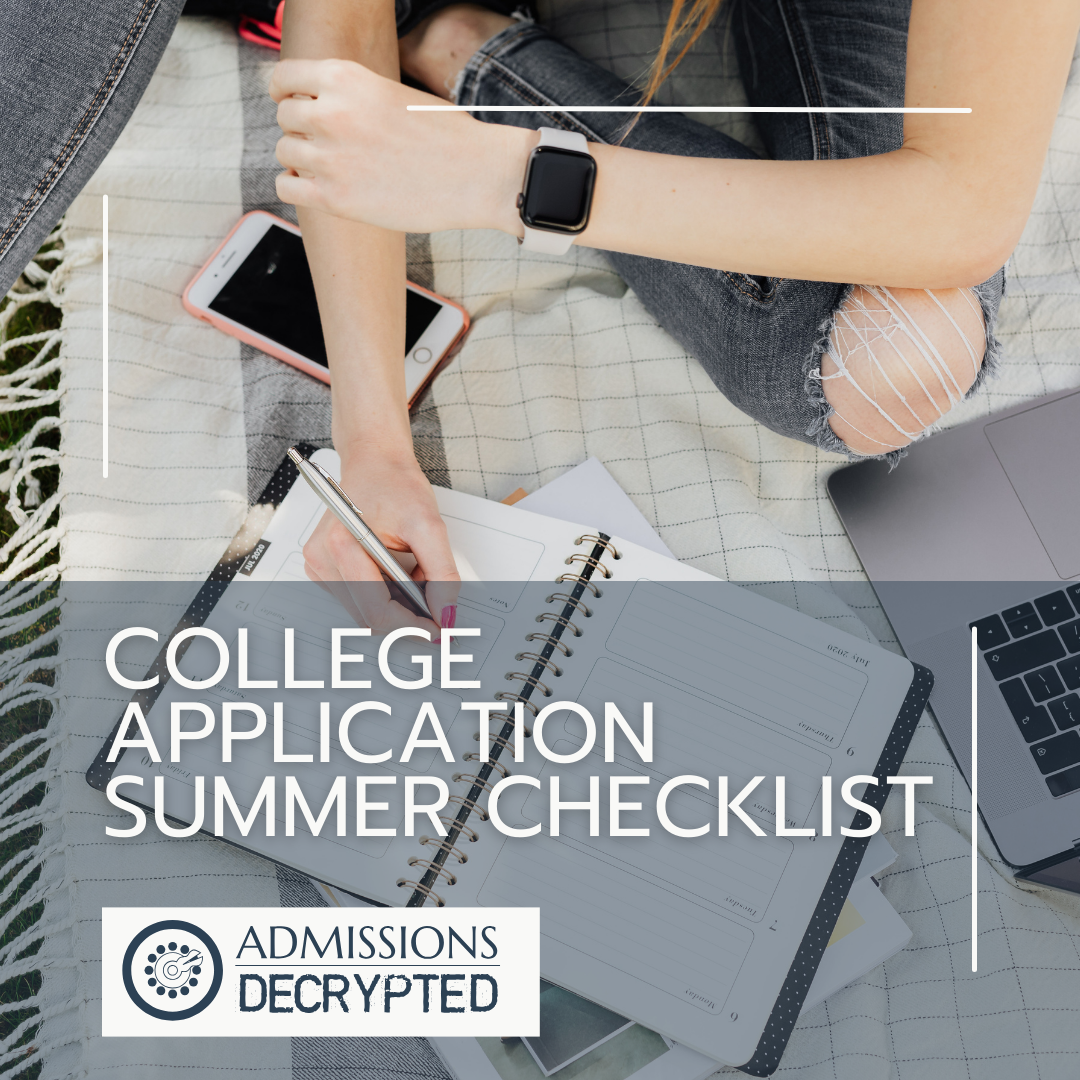College Admissions with Calm, Clarity & Confidence
the blog

read post
If you’re finishing junior year, use the summer to get a head start on college applications. With steady work over the next few months, you could be ready to submit applications shortly after they open in August, well before early application deadlines. Here’s what to work on before school ends and during the summer. Before […]
read the latest
Read More
Many colleges require supplemental essays in addition to a long personal statement about the student. These additional essays are intended to give admissions more information about the student and what is important to them. One type of supplemental essay that frequently stumps students is the Why Us? college essay. Let’s consider what these prompts are […]
